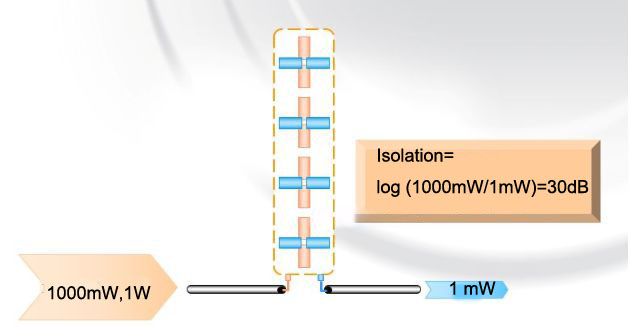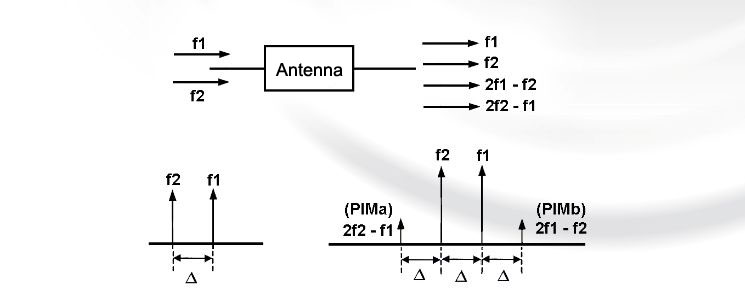This article explains the detailed specification index of Cellular Antennas.
A Quick Review of Antennas
An antenna is a device that converts electric power into radio waves, and vice versa. It is typically used with a radio transmitter or receiver. When transmitting, a radio transmitter supplies an oscillating radio frequency electric current to the antenna’s terminals, and the antenna radiates the energy from the current as electromagnetic (radio) waves. When receiving, an antenna intercepts some of the power of an electromagnetic wave in order to produce a tiny voltage at its terminals that is applied to a receiver to be amplified.
Detailed Specification Index of Cellular Antennas
Radiation parameters
- half-power beam width and front to rear ratio;
- polarization mode and cross-polarization discrimination rate;
- directivity coefficient and antenna gain;
- main lobe, side lobe, side lobe suppression, zero filling, beam dip
Circuit parameters
- VSWR, reflection coefficient, Return loss RL;
- Input impedance Zin and transmission loss TL;
- Isolation ISO;
- Passive third-order intermodulation PIM3
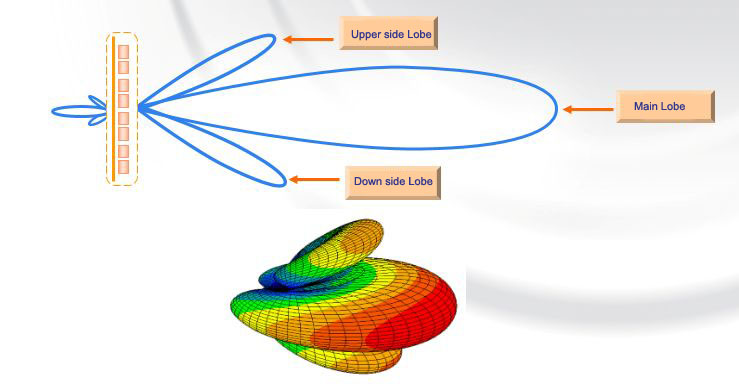
Side lobe and main lobe
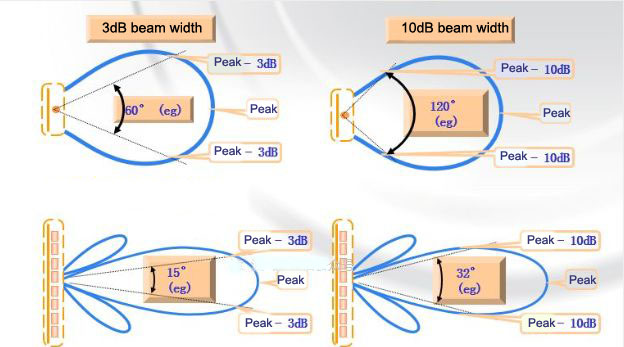
Horizontal and Vertical beam width
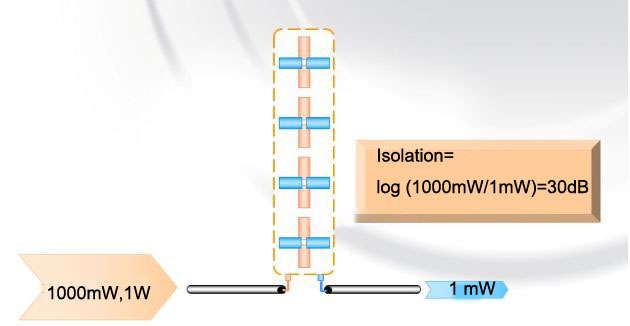
Isolation: The ratio of the forward radiated power of the specified antenna to the backward radiated power within ± 30 °
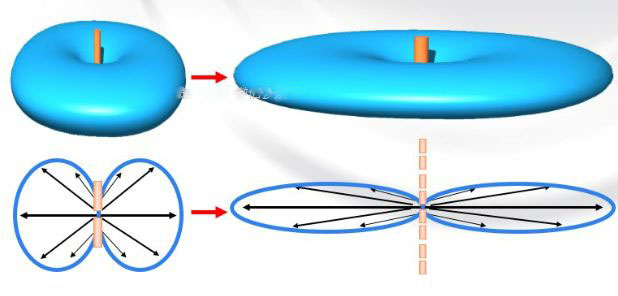
Gain of antenna
Some key points of antenna gain:
1. The antenna is a passive component and cannot generate energy.
2. Antenna gain is only the ability to effectively concentrate energy to radiate or receive electromagnetic waves in a specific direction.
3. The gain of the antenna is generated by the superposition of oscillators. The higher the gain, the longer the antenna length. The gain is increased by 3dB and the volume is doubled.
4. The higher the antenna gain, the better the directivity, the more concentrated the energy, and the narrower the lobe.
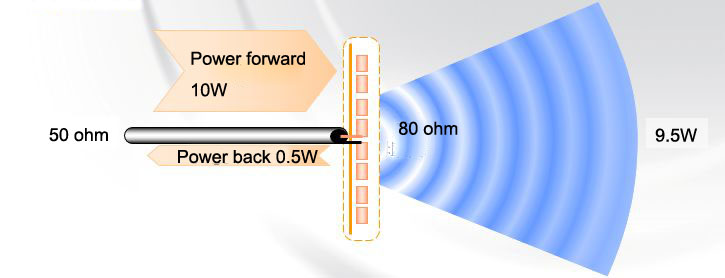
Return Loss for antenna ( Return Loss=Log(10/0.5)=13dB
